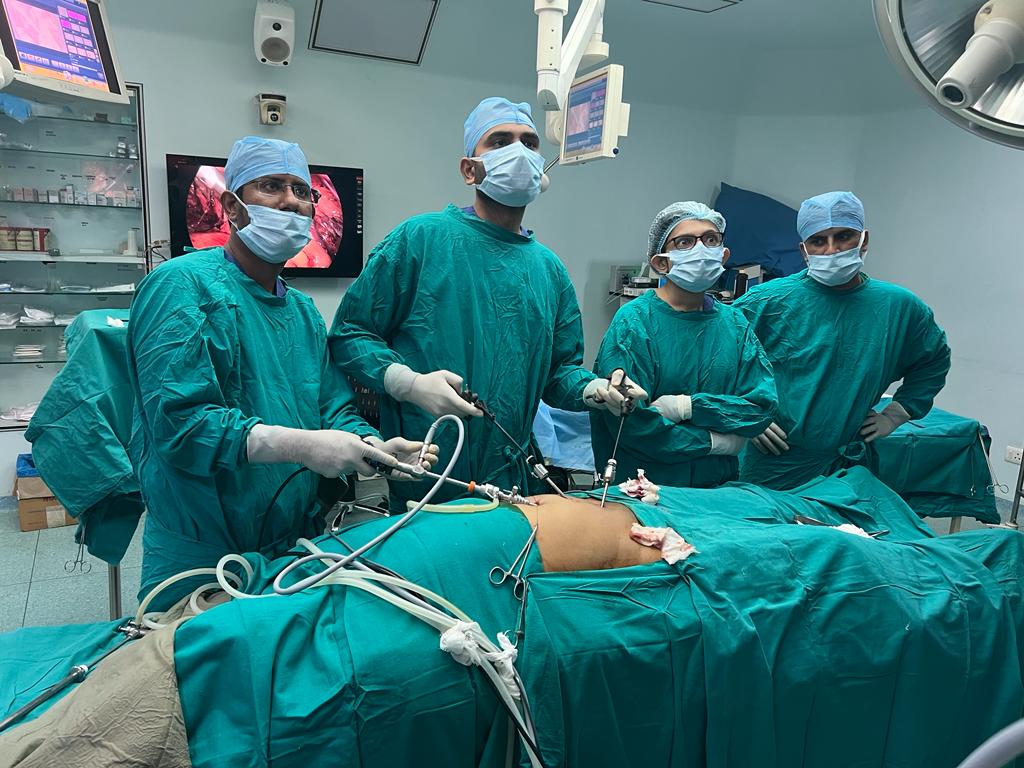+918048034257

This is your website preview.
Currently it only shows your basic business info. Start adding relevant business details such as description, images and products or services to gain your customers attention by using Boost 360 android app / iOS App / web portal.
Description
Treatment for piles (hemorrhoids) can vary depending on the severity and symptoms. Here are some common treatment options: Lifestyle changes: Often, simple changes in lifestyle can alleviate symptoms. These may include increasing fiber intake, drinking plenty of water, and avoiding straining during bowel movements. Topical treatments: Over-the-counter creams, ointments, or suppositories containing hydrocortisone or witch hazel can help relieve itching, pain, and inflammation. Sitz baths: Sitting in warm water for about 10 to 15 minutes several times a day can help reduce swelling and relieve discomfort. Medications: If over-the-counter treatments don't work, your doctor may prescribe medications such as oral pain relievers, stool softeners, or laxatives to help with pain and constipation. Procedures: If conservative treatments fail, procedures may be necessary. Some common procedures for piles include rubber band ligation, sclerotherapy, infrared coagulation, and hemorrhoidectomy (surgical removal of hemorrhoids). Dietary changes: Eating a high-fiber diet can help soften stools and make them easier to pass, reducing the strain on hemorrhoids. Foods high in fiber include fruits, vegetables, whole grains, and legumes. Hydration: Drinking plenty of water can soften stools and make them easier to pass, reducing the risk of constipation and straining. It's important to consult with a healthcare professional to determine the most appropriate treatment for your specific situation. They can provide a personalized treatment plan based on the severity of your symptoms and your overall health.

